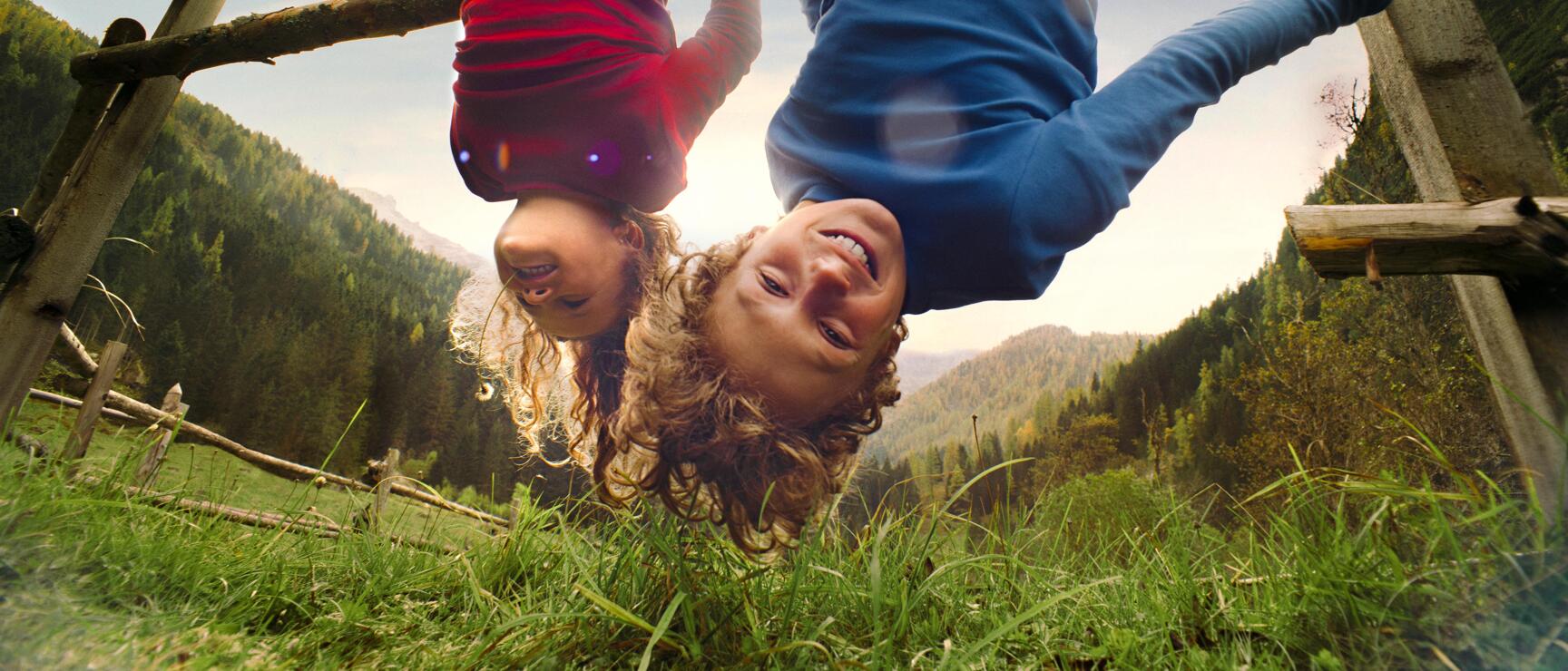
المشي لمسافات طويلة مع الأطفال في النمسا
مسارات مشي للعائلات
هل ترغب في قضاء يوم عائلي في الهواء الطلق؟ يُعدّ التنزه وسيلة رائعة لتقريب أطفالك من الطبيعة في سن مبكرة، بينما يندمجون أكثر كعائلة من خلال تجارب ممتعة ولا تُنسى. ومع إضافة المناظر الطبيعية الجميلة التي ستكتشفونها، وفوائد ممارسة الرياضة في الهواء النقي، قد تفكر حتى في جعل مهمتك تحويل أطفالك إلى عشاق للتنزه وحمل حقائب الظهر لسنوات عديدة قادمة.
ومع ذلك، فإن التنزه مع الأطفال يختلف قليلاً عن الخروج بمفردك أو مع البالغين. أولاً، يجب أن تضع في اعتبارك أنك ستحتاج إلى المضي قُدماً ببطء، وثانياً، يُفضّل الأطفال استكشاف المسار بدلاً من مجرد المشي من النقطة A إلى النقطة B، وثالثاً، قد تحتاج إلى ابتكار بعض الألعاب على طول الطريق للحفاظ على حماسهم.
لتسهيل الأمور، تقدم العديد من المناطق النمساوية في الوقت الحاضر مسارات عائلية مخصصة، تحتوي على محطات تفاعلية، وحدائق ألعاب، ومناطق للنزهات، والعديد من المرافق الأخرى.
أجمل 6 مسارات للمشي لمسافات طويلة مخصصة للأطفال
4 رحلات في المسارات المائية مع الأطفال
3 مسارات طويلة للمشي لمسافات طويلة للعائلات المغامرة
رفع مستوى الحماسة للحفاظ على سعادة الأطفال أثناء الرحلات
هل يشعر الأطفال بالتعب ويفقدون الحماس؟ مع هذه النصائح، سيتلاشى بسرعة شعورهم بعدم الرغبة في مواصلة المشي!
· غنوا أغاني المشي ونظمّوا مسابقات، كأن يتوجب على الأطفال أن يحزروا كم عدد الخطوات حتى الانعطاف التالي؟ و مَن يمكنه العثور على كلمة تتناغم مع "سنجاب"؟
· أضفوا تمارين التوازن على الطريق: التوازن على جذوع الأشجار، القفز، أو التعرج بين العقبات.
· تسلق الصخور الكبيرة وأكوام الخشب.
· رمي الحجارة المسطحة على سطح جدول الماء.
· تناول وجبة خفيفة في المقعد التالي.
قائمة بالأغراض التي يجب أن تتوفر في حقيبة طفلك
تأكد من أن حقيبة الظهر تناسب حجم طفلك ولا يزيد وزنها عن 10% من وزن جسمه.
• حماية من المطر
• زجاجة قابلة لإعادة الاستخدام، مملوءة بالماء أو الشاي
• شطائر صغيرة أو ألواح من الموسلي
• قبعة واقية من الشمس
• سترة من الصوف
• قميص وجوارب إضافية
• كريم حماية من الشمس
المشي لمسافات طويلة مع عربات الأطفال
أجمل مسارات المشي العائلية في المقاطعات
أسئلة شائعة
كيف نجعل الأطفال مهتمين بالطبيعة؟
المشي في الطبيعة هو وسيلة رائعة لتعريف الأطفال بأهمية حماية البيئة من خلال اللعب، مما يساعدهم على فهم قيمتها.
الطبيعة كمغامرة:
اجعلهم يرون أن الطبيعة هي ملعب مليء بالمغامرات يجب علينا الاعتناء به، مع اكتشاف النباتات والحيوانات ومسارات الغابات خلال رحلتهم.
دروس بيئية:
تحدث معهم عن أهمية تجنب رمي القمامة واحترام الطبيعة أثناء المشي.
الحفاظ على الموارد:
علّمهم كيفية ترشيد استهلاك المياه، وفرز النفايات، واتخاذ خيارات واعية للحفاظ على البيئة.
المسؤولية الشخصية:
قوموا بجمع القمامة معاً واشرح لهم دورهم في حماية البيئة.
المتعة والإبداع:
ابتكروا أعمالًا فنية باستخدام عناصر من الطبيعة، أو احتفظوا بمذكرات بيئية—مما يجعل تعلم الطبيعة تجربة ممتعة ولا تُنسى.